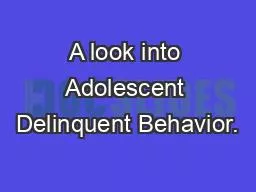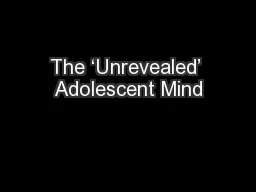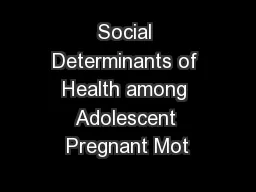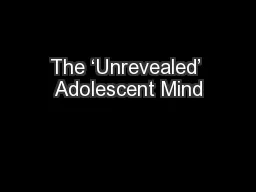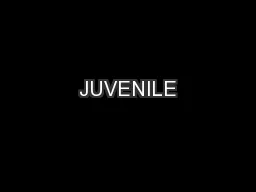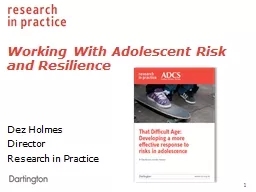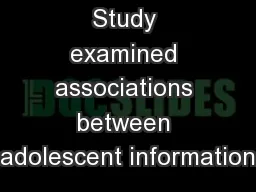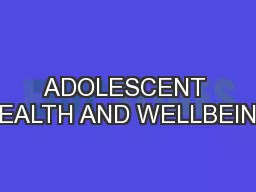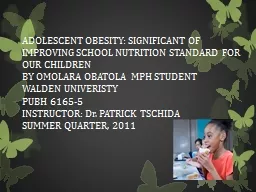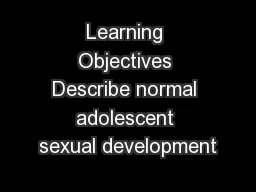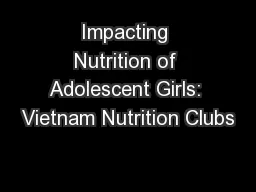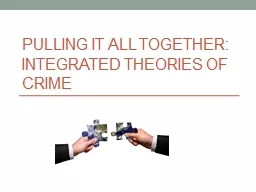PPT-A look into Adolescent Delinquent Behavior.
Author : laxreffa | Published Date : 2020-08-27
Nyra Rodgers INT 411H Dr Arroyo 7 May 2014 Overview State facts about Juvenile delinquency in the United States Discuss Nature vs Nurture Discuss John Bowlby attachment
Presentation Embed Code
Download Presentation
Download Presentation The PPT/PDF document "A look into Adolescent Delinquent Behavi..." is the property of its rightful owner. Permission is granted to download and print the materials on this website for personal, non-commercial use only, and to display it on your personal computer provided you do not modify the materials and that you retain all copyright notices contained in the materials. By downloading content from our website, you accept the terms of this agreement.
A look into Adolescent Delinquent Behavior.: Transcript
Download Rules Of Document
"A look into Adolescent Delinquent Behavior."The content belongs to its owner. You may download and print it for personal use, without modification, and keep all copyright notices. By downloading, you agree to these terms.
Related Documents

